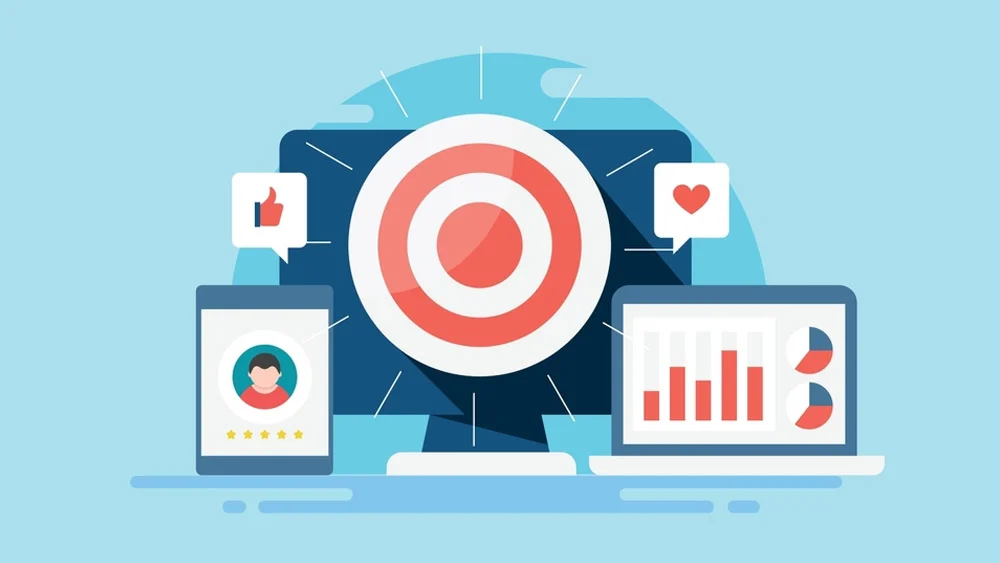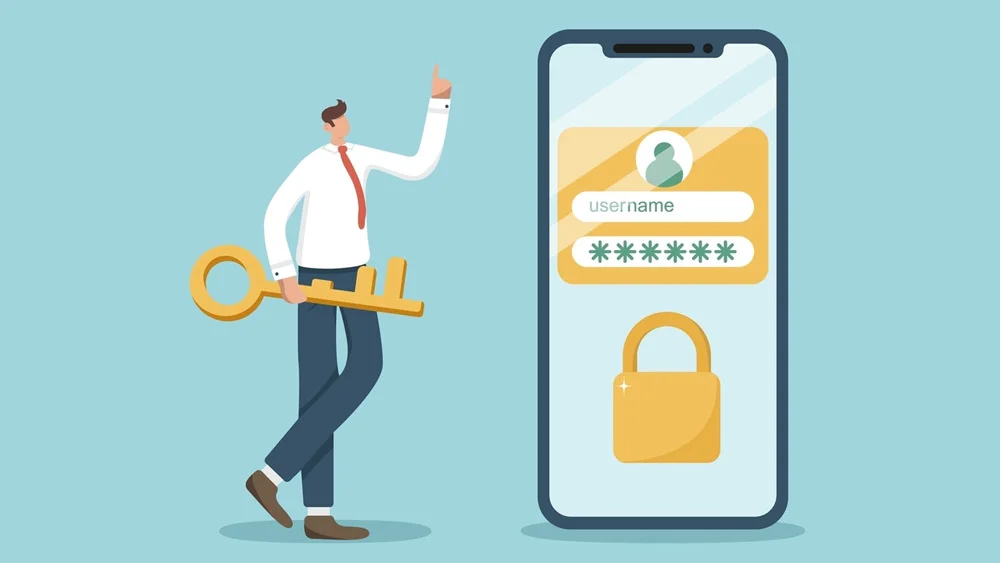Personal privacy is becoming increasingly important in the digital age. The data we share on social media platforms is huge, from photos and location check-ins to private messages. Unfortunately, this data also carries significant risk for identity theft or cyberstalking, while it makes for nice connected experiences. Fortunately, there are things that social media users can do to be more private. This article will look at ways for protecting your personal information and enhancing online privacy from platforms such as Twitter, Facebook, Instagram, and more.
Securing Social Media Privacy Settings
The first line of defense for online privacy is to lock down your security settings. Most major platforms provide configurable privacy options, but the defaults are often open access. Failing to update these settings makes your profile data vulnerable.
Limit Profile Viewing Audience
Most social networks allow setting a visibility level for your profile, limiting who can see your personal information. For example:
- Twitter: Set your account to “protected” so only approved followers can view tweets. For a fresh start, TweetEraser helps you delete all tweets easily.
- Facebook: Use the “Friends Only” or strictest privacy options.
- Instagram: Switch your account from public to private.
Restricting profile access reduces your digital footprint and minimizes threats like doxing or stalking.
Review Post and Story Settings
Beyond overall privacy settings, check that individual posts have appropriate audiences defined, like:
- Twitter’s “Tweet privacy” setting.
- Facebook’s “custom privacy” options for each post.
- Instagram’s “Close Friends” story-sharing tool.
Tailoring visibility for each piece of content allows more control over what you share publicly vs privately.
Disable Location Tracking
Many platforms track your device’s location automatically to tag posts. Turning off location services in your profile and app settings enhance privacy by preventing tracking.
Limit Ad Targeting
Social networks leverage your data to serve targeted advertisements. Opting out of personalized ads in your account settings limits data collection.
Evaluating Third-Party App Permissions
Controlling what third-party applications can access is also part of controlling social media privacy. Look at what apps have access to your social data and revoke access to any you don’t recognize or no longer need.
Watch for broad permissions, such as reading private messages or accessing friend lists. Only allow apps specific access to what they need.
Practicing General Social Media Precautions
Along with tightening privacy settings, users should be cautious about what sensitive information they post and how they interact online.
Self-Censor Personal Details
Carefully consider before sharing private details like:
- Home/work addresses.
- Phone numbers.
- Birthdates.
- Location check-ins.
This information makes identity theft easier. Always use discretion when posting it publicly.
Limit Interactions With Strangers
Exercise caution before accepting follower requests or messages from unknown people. 91% of all cyber attacks begin with a phishing email. Confirm identities to avoid interactions with imposter accounts.
Don’t reveal private details to strangers that could facilitate cyberstalking or assault.
Vet Links Before Clicking
Social posts often contain dubious links to phishing sites or malware downloaders. Carefully check the destination address before clicking, especially when sending messages. Bookmark trusted websites to avoid accidentally visiting scammer pages. Enabling link previews can help vet destinations.
Monitor Your Digital Footprint
Routinely checking your visible social media footprint can reveal oversharing. Search your name online to see what private data comes up. Review all social content for unintended visibility. This reduces future regrets.
Securing Accounts With Strong Practices
Robust account security is essential for protecting social media privacy. Use best practices like complex passwords, multi-factor authentication, and monitoring for unauthorized access.
Create Complex Passwords
Weak, reused passwords make accounts easy to hack. Each social media profile should have a long, unique password that uses upper- and lowercase letters, numbers and symbols. Password manager apps can generate and store strong credentials securely.
Enable Two-Factor Authentication
Two-factor authentication (2FA) requires you to type in your password and an additional temporary code. This extra layer of security is activated even if your password is compromised.
Recognize Phishing Attempts
Be careful of emails or messages that request you reset your password or verify your account. These are ‘phishing’ attempts that trick users into giving up their login credentials. Interact carefully with the sender’s address.
Check Linked Accounts
Review settings for any external services linked to social accounts. Games, payment methods and other linked profiles can become security weaknesses. Disconnect unused links.
Monitor Logins and Activity
Social platforms provide login history and account activity monitoring. Review this data routinely to catch unauthorized access early. Watch for login locations that don’t match yours.
Minimizing Digital Footprints Long-Term
Users should consider their long-term objectives for internet anonymity beyond basic privacy concerns. The more firmly ingrained data is on social media, the more difficult it becomes to delete it.
Set up Separate Personal and Professional Profiles
Keeping separate professional and personal social profiles helps one to safeguard private life information more easily. Don’t friend colleagues from private accounts.
Cut Out Outdated Pictures and Posts
Reviewing and deleting embarrassing pictures or outmoded, pointless postings helps reduce your ongoing digital impact. Content with profiles stays around always.
Delete Idle Accounts
Consider completely deleting unused social media accounts to erase that data footprint. Strip identifying info if maintaining access.
Download an Account Archive
Social platforms allow you to download a complete data archive containing your posts, photos, and other account activities. This makes it easier to wipe the slate clean.
Social Media Privacy Outlook
As more personal data moves digitally, online privacy challenges will only grow. Social platforms have privacy controls, but the onus is ultimately on the user to implement protections.
Be on guard about securing account security options, evaluate app permissions, minimize sharing, and keep a handle online. Personal information is treated carefully, and social media can continue to be a secure place to express one’s information in cyberspace. Privacy is at risk of being put in lax practices.
Modern social users need to manage their privacy settings, monitor account access, and self-censor sensitive details. Without sufficient precautions, our digital rights are still open to exploitation. There is more reason now than ever to understand and use technology safely and enhancing online privacy.





